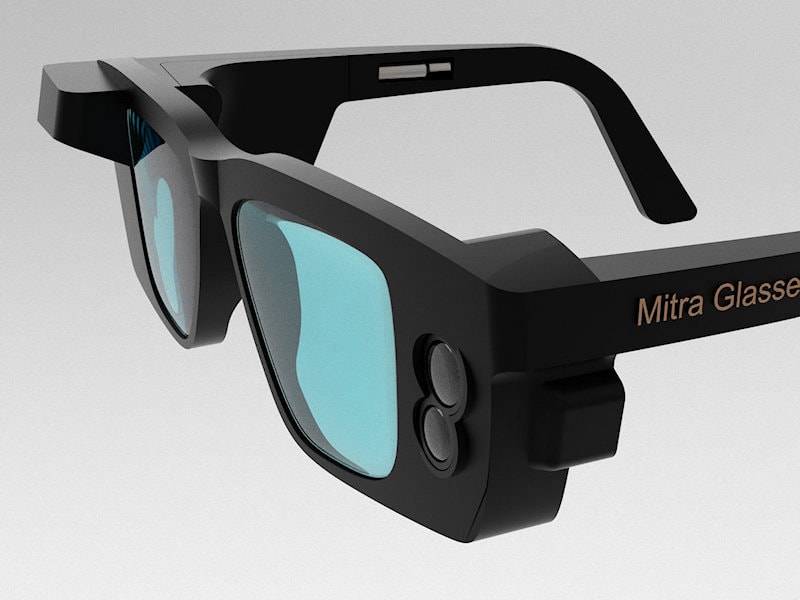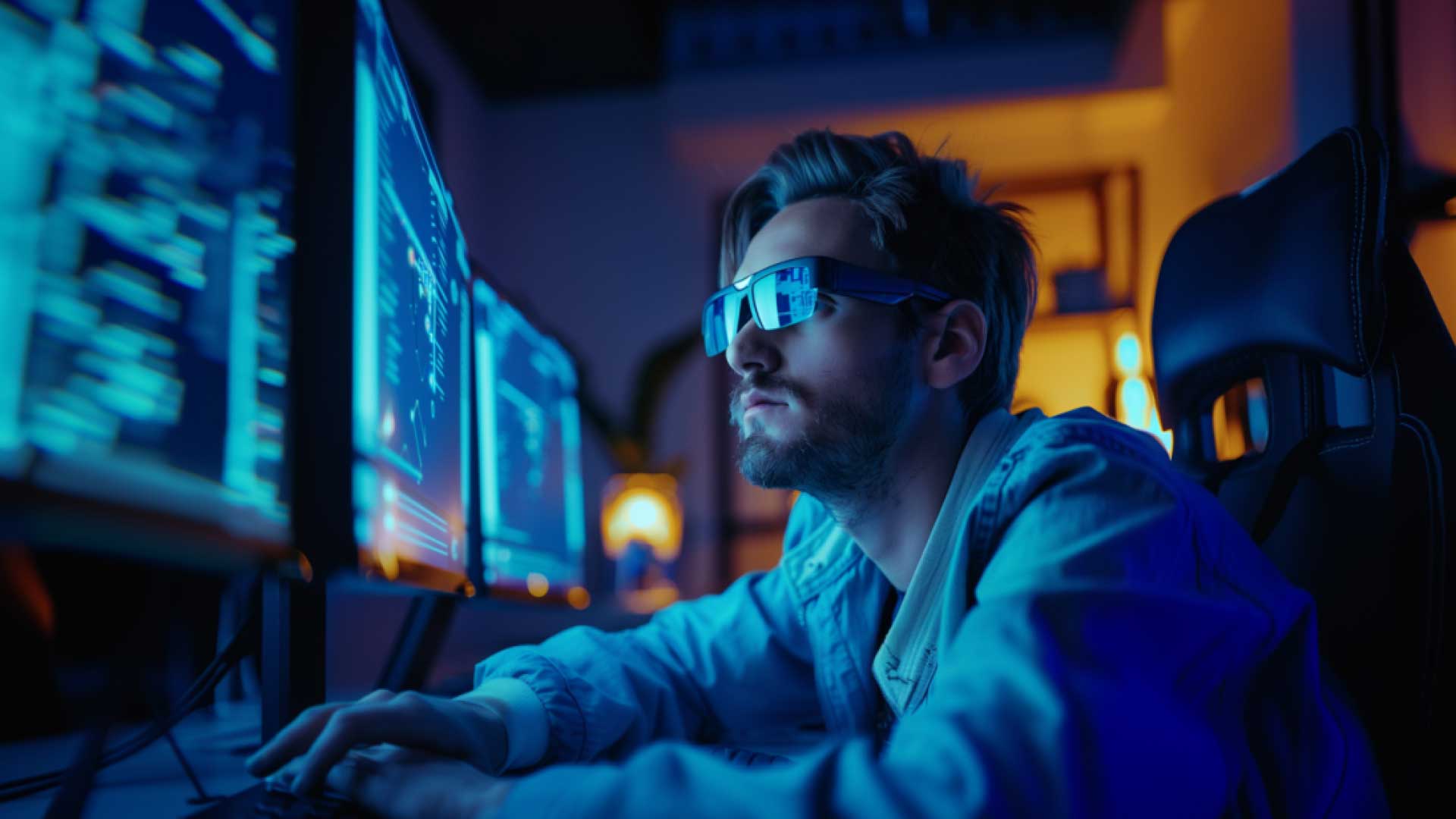Mobility Aids for Visually Impaired Users: Enhancing Independence and Navigation
Mobility Aids for Visually Impaired Users: Enhancing Independence and Navigation
Blog Article
Enhancing Availability Through Assistive Modern Technology for the Blind
The assimilation of assistive innovation for the blind represents a pivotal innovation in ease of access, fundamentally changing exactly how people navigate their settings and involve with culture. As we explore the diverse types of assistive devices and their tangible impacts on everyday living, it ends up being important to check out how recurring technological developments are improving the landscape of assistance for the blind area.
Introduction of Assistive Innovation
Assistive innovation describes a variety of tools and software program made to improve the capabilities of people with handicaps, including those that are blind or visually damaged. This technology plays an essential role in promoting independence and improving the quality of life for users. By providing alternate methods for accessing details and carrying out day-to-day tasks, assistive technology empowers individuals to browse their settings better.
The development and implementation of assistive technology accept a variety of concepts focused on fostering accessibility. These concepts include user-centered style, which prioritizes the needs and preferences of the person, and the combination of innovation into everyday tasks. Such innovations make certain that assistive tools are not only useful but very easy and also intuitive to utilize.
Moreover, assistive technology includes a diverse range of solutions, from low-tech alternatives like magnifiers to modern technologies such as screen visitors and Braille displays. The ongoing evolution of this area is driven by the requirement to attend to the one-of-a-kind challenges faced by individuals with visual impairments (Wearable technology for low vision). As innovation remains to breakthrough, the capacity for enhancing ease of access and promoting inclusivity stays appealing, inevitably adding to a much more fair culture

Kinds of Assistive Devices
Many sorts of assistive gadgets are readily available to sustain people that are aesthetically damaged or blind, each developed to address certain demands and difficulties. These gadgets can be broadly classified right into three main kinds: low-tech, mid-tech, and high-tech options.
Low-tech tools include products such as magnifiers, Braille labels, and tactile maps. These are relatively easy devices that boost the customer's capacity to interact with their setting without needing complex technology.
Mid-tech devices usually include advanced functions, such as electronic magnifiers and portable Braille note-takers. These devices can supply functionalities like speech outcome, permitting users to access information extra efficiently.

Effect on Daily Living
The schedule of various assistive gadgets dramatically boosts the top quality of life for individuals that are blind or visually impaired, affecting their day-to-day living in profound means. By incorporating innovations such as screen viewers, Braille displays, and audio summary services into their regimens, users acquire greater freedom and self-reliance. These devices assist in accessibility to info, allowing individuals to do daily tasks, such as reading e-mails, navigating public spaces, and taking pleasure in media material.
Additionally, assistive gadgets encourage individuals to engage more fully in social interactions and area tasks. The capacity to use smart devices geared up with ease of access features permits seamless communication and link with others. This connectivity cultivates a feeling of belonging and reduces sensations of seclusion.
In expert setups, assistive modern technology supports performance by permitting individuals to complete work jobs efficiently. Tools like voice recognition software program and specialized magnifying gadgets make it possible for users to take part in the labor force on equal ground with their sighted peers.

Advancements in Innovation
Recent technical developments have actually dramatically changed the landscape of devices readily available for people who are aesthetically impaired or blind. The integration of fabricated intelligence (AI) and device discovering has actually generated applications that improve navigating and things acknowledgment. Smart device applications can currently utilize AI to identify and describe surroundings in real-time, giving customers with important contextual information.
In addition, developments in haptic view it technology have actually resulted in the growth of smart walking sticks equipped with sensors that discover challenges and offer tactile comments. This equips individuals to browse their environment with raised confidence and self-reliance. Innovations in text-to-speech software program and braille screens have boosted the access of electronic content, permitting for smooth interaction with different media.
Wearable modern technologies, such as wise glasses, are also making strides in assisting visual impairment. These gadgets can provide increased truth experiences, overlaying vital details onto the user's area of sight. Jointly, these advancements not only enhance the lifestyle for people that are blind but likewise optometry career salary promote higher incorporation in society. As modern technology remains to develop, the capacity for also more transformative tools stays coming up.
Future Trends and Innovations
As technology swiftly proceeds, the future of assistive devices for individuals who are blind holds immense guarantee. Innovations in fabricated knowledge (AI) and artificial intelligence are positioned to transform the method blind users communicate with their atmospheres. For example, AI-driven applications are being developed to boost object recognition, enabling customers to determine and browse their surroundings with better ease and accuracy.
Moreover, improvements in haptic comments technology are allowing the development of tactile maps and navigating help that supply real-time information through touch. These innovations not just improve flexibility however additionally foster independence. In addition, wearable gadgets geared up with enhanced fact (AR) functions are emerging, offering users aesthetic info with audio descriptions, therefore connecting the space between the electronic and physical worlds.
Furthermore, the combination of smart home innovation offers brand-new chances for ease of access, permitting people to regulate their living settings with voice commands or smartphone applications. As cooperation between technology programmers and the blind neighborhood proceeds, the focus on user-centered design will certainly make certain that future technologies are tailored to fulfill the special requirements of this populace (Wearable technology for low vision). The trajectory of assistive technology promises a much more empowering and inclusive future for people who are blind
Final Thought
In conclusion, assistive modern technology plays an essential function in improving ease of access for people with visual impairments. Continual advancements in modern technology and user-centered layout make certain that these tools where do optometrists work cater properly to the one-of-a-kind demands of the blind area.
The integration of assistive technology for the blind stands for a crucial improvement in ease of access, fundamentally altering exactly how individuals browse their atmospheres and involve with culture.Assistive modern technology refers to a range of tools and software made to boost the abilities of people with specials needs, including those who are blind or aesthetically damaged. Wearable technology for low vision.As innovation quickly proceeds, the future of assistive devices for people that are blind holds tremendous promise. The trajectory of assistive modern technology guarantees a more comprehensive and empowering future for people that are blind
In conclusion, assistive modern technology plays a critical function in improving availability for people with visual disabilities.
Report this page